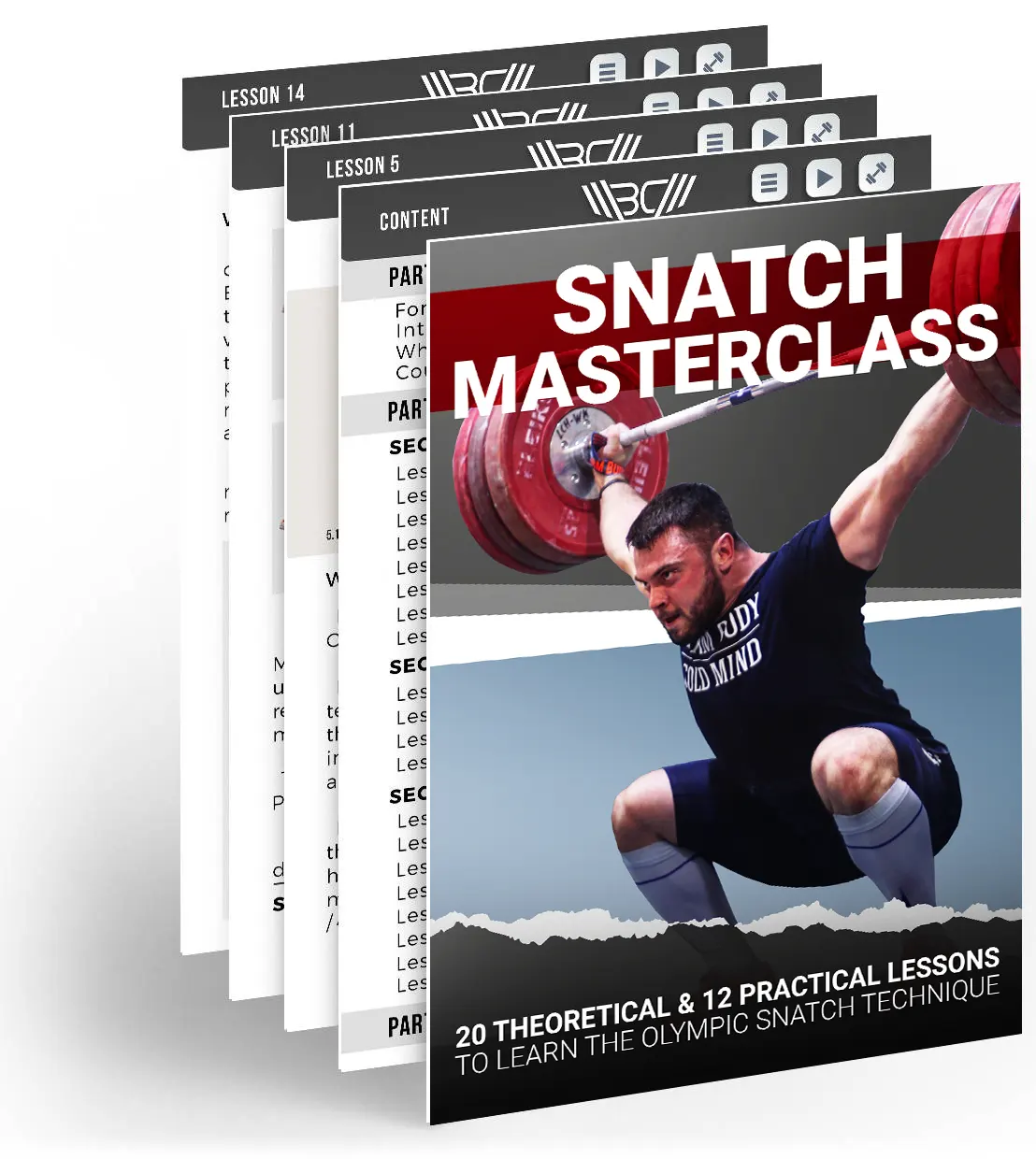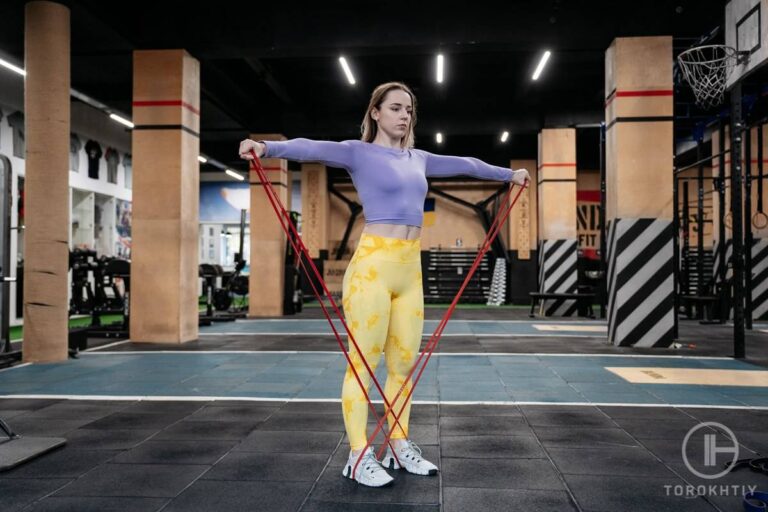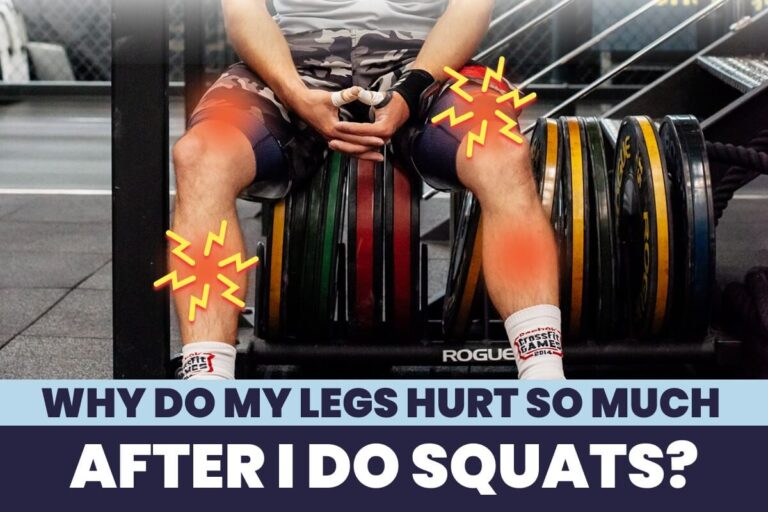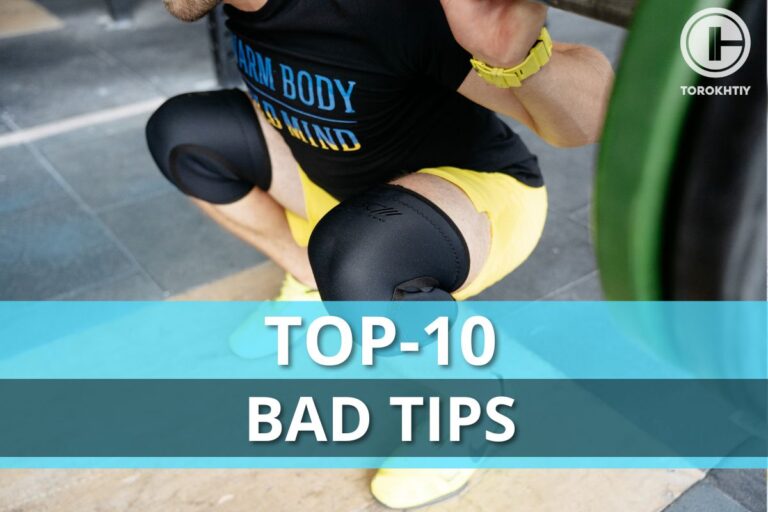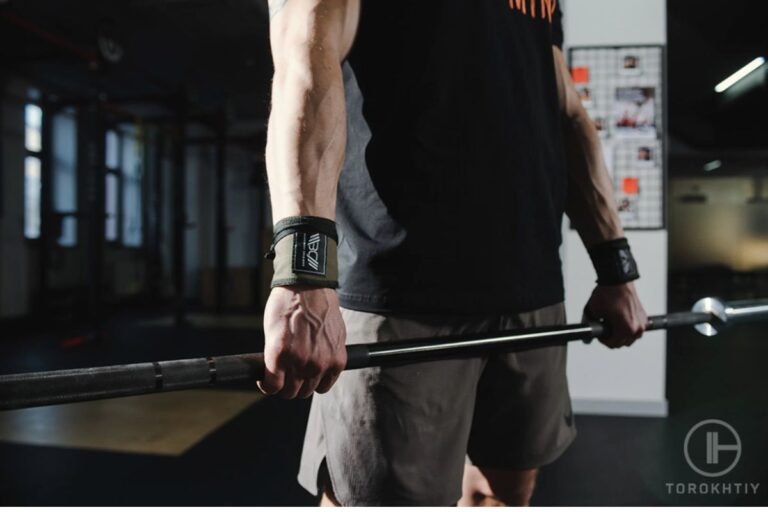Basic Snatch Progression
I’m going to introduce my own vision of the snatch progression based on years of coaching experience. Read all the steps and learn to snatch as a pro.
Snatch Progression: Elements
This article is devoted to the basic snatch progression teaching that is always offered to athletes at my seminars.
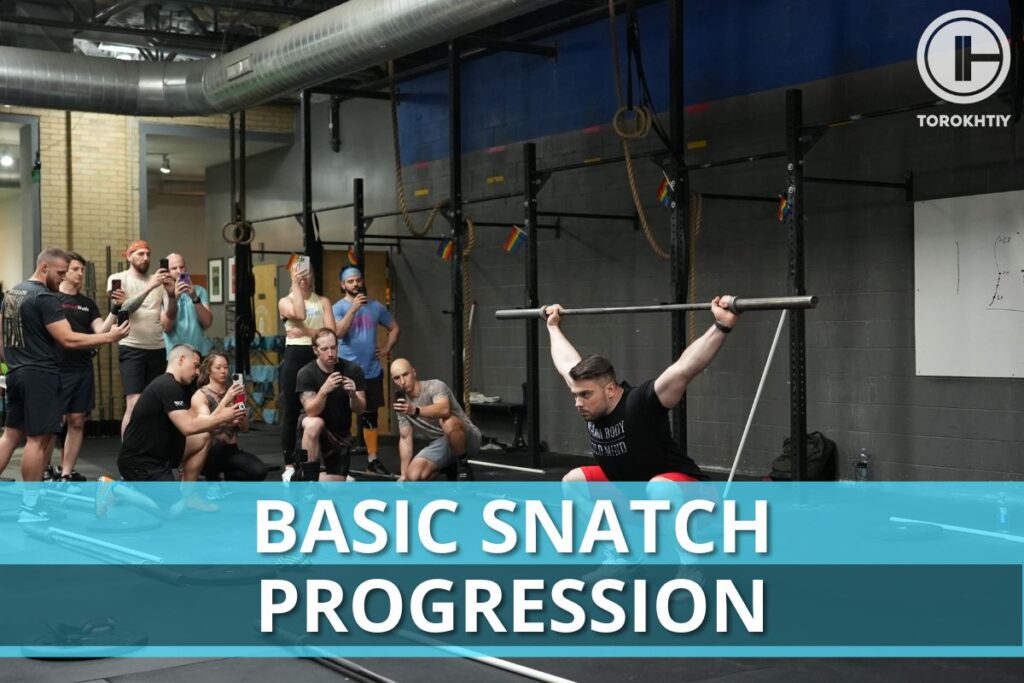
As everybody knows, there are lots of approaches to teaching and they all differ both in the sequence of the proposed phases and elements and in the explanation logic. Seminars and communication with other coaches and athletes from different countries since 2015 made me come to my own version of presenting information and teaching the snatch.
Snatch progression. My own version of the snatch progression includes 11 stages in the ‘top-bottom’ direction which allows athletes to grasp the mechanics and master the exercise confidently. Weightlifters learn the snatch from the overhead fixation to the starting position with the help of various snatch drills.
In this progression I show the optimal movement trajectory construction with its division into 8 simple and clear elements (step). Each subsequent element is a continuation of the previous one, which helps to learn how to perform a snatch in a pretty clear way.
Element 1. Definition of the Snatch Grip
The hand setting is the most basic element and, in my opinion, the first step that should be learned in the snatch progression. Any flaws at this stage may grow into the wrong starting and power positions and often screw up the fixation.
An athlete takes a PVC pipe: one arm is parallel to the floor, another one is held vertically. An angle of 90° should be formed in the shoulder joint. This width will be optimal for the athlete. Proper individual hand position in the snatch is a prerequisite for learning the movement as a whole.
NOTE: This element is always executed with a PVC pipe only. Never do it with a barbell.
Element 2. Hip Muscle Snatch
After determining your snatch grip, you can start learning the grip types: the overhand grip and the hook grip. In Olympic weightlifting, athletes usually use the hook grip which is the firmest and most reliable grip type.
🔻THE OLYMPIC SNATCH MASTERCLASS
🏋️ Elevate Your Snatch Game with the Snatch Masterclass! 🚀
Master the Olympic Snatch in easy steps:
- 🧠 20 In-Depth Lessons
- 💪12 Hands-On Practice Sessions
- 📽️ 55 Video Tutorials
- 🔥28 Exclusive Snatch Tips
Unleash Your Potential:
- 🔓 Lifetime Access
- 🏆 Bonus: 3-week Snatch Program
Don’t just lift; dominate the Snatch! Join now! 🥇🔥
Grab the barbell with the regular grip but place your thumb under the fingers. It is usually uncomfortable and painful at first but after some time, you will get used to it and understand all the benefits.
Element 3. Contact With the Hips
The next step in the snatch progression is learning how to perform the overhead squats and fix the barbell in the catch position. At this stage, I introduce the first 2 auxiliary exercises: the overhead squats and the snatch balance.
You should learn how to hold a bar over your head with your arms stretched, how to squeeze the shoulder blades, push the trunk between the thighs, maintain the back arched, and keep your knees out.
Element 4. Hand Work
This is another auxiliary exercise in the learning progression. It consists of 2 stages: lifting the elbows up and moving the forearms up from chest level. When a PVC is above the head position, bring the shoulder blades together. The main task is to form the understanding of the bar movement trajectory and practice the sense of control.
Element 5. Hip Muscle Snatch With Hitting
Starting position – shoulders cover the PVC, knees are soft. When performing this movement, it is important that the chest is open and the arms remain smooth but relaxed. The PVC must be brought forward and then to the hips with a slight hit. The main task is to feel the point of contact of the body with the barbell at the power position.
Element 6. Hang Muscle Snatch
This auxiliary exercise is a continuation of the previous progression. After the hit, you need to forward your elbows up and lift them as high as possible. It is important to maintain arms as relaxed as possible.
Element 7. Hang Squat Muscle Snatch
This auxiliary exercise is a continuation of the previous progression. After the elbows have reached the maximum height, it is necessary to continue the work with the forearms and to bring the shoulder blades together when fixing the barbell above the head. The main task is to perform the arms movement in a more dynamic mode.
Element 8. Squat Muscle Snatch From the Starting Position
The starting position must be taken slowly. When moving down, the pelvis is retracted and the knees go apart, the gravity center is in the middle of the foot. In this position, the PVC must be brought forward. Then, drive the PVC to the thighs simultaneously with a slight extension of the hips. After a hit, pull the PVC upward to the overhead position.
Element 9. Hang Squat Muscle Snatch
This auxiliary exercise is a continuation of the previous progression. In order for the athlete to perform a squat correctly, one must:
- control the PVC behind the head position;
- when moving down, take the pelvis back and knees to the sides;
- try to place the belly between the thighs;
- make a pause in the squat to feel a balanced position.
Element 10. Squat Muscle Snatch From the Starting Position
This progression is almost final. The athlete slowly takes the starting position and lowers the PVC to the middle of the shin. When moving down, the pelvis is retracted and the knees are apart. The shoulders cover the PVC in the starting position and during the whole movement trajectory. After the explosion, the athlete directs the elbows up and performs the entire progression in a full squat.
Element 11. The Snatch
The next and final stage of training is the addition of dynamics (jumping) to the power position. One of the ways of mastering this element is to perform the snatch with jumping onto the discs. I recommend this element to be included in the training after the athlete is able to confidently demonstrate all 10 previous elements of the basic progression.
FAQ
How Can I Increase My Weight in the Snatch?
There are two ways to increase your weight in the snatch: improving technique or developing muscle strength. Use various auxiliary exercises to provide stress for your muscles and focus on and hone particular positions.
What Is the Point of the Snatch Balance?
The snatch balance makes you more confident in the catch position. It teaches how to receive and fix a bar correctly and firmly while maintaining balance.
How Can I Improve My Flexibility for the Snatch?
Include a few dynamic stretching exercises into your general warm-up to prepare your muscles for particular positions. Also, always warm up your body with a barbell well: do a few sets of the muscle snatch and start snatching with light weights. Always perform a stretching complex after the workout to cool down and relax the muscles.
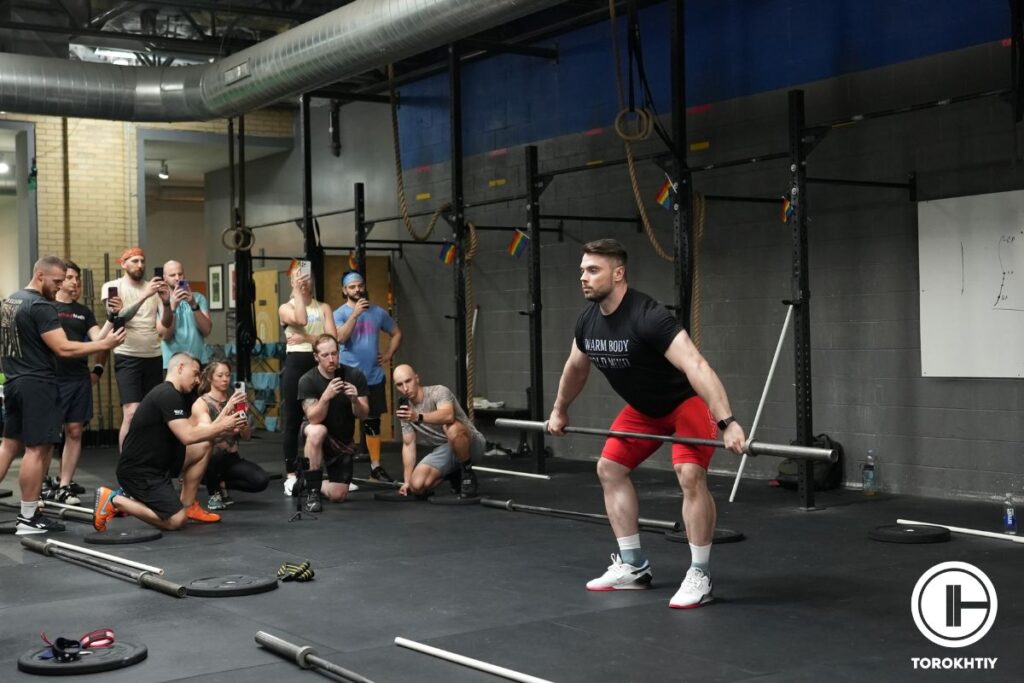
So Why Should You Follow the Snatch Progression?
This approach is the basis for learning the snatch for beginners. Such a sequence helps to understand and form the full movement in the snatch skill. It is important to achieve a conscious understanding and clear implementation of each of the 11 elements to be able to snatch properly and effectively.
If you have any questions on how to learn the snatch, don’t forget to leave a comment below!
TRAIN TOGETHER – TRAIN RIGHT
You might be interested in:
Why Trust Us?
With over 20 years in Olympic Weightlifting, our team does its best to provide the audience with ultimate support and meet the needs and requirements of advanced athletes and professional lifters, as well as people who strive to open new opportunities and develop their physical capabilities with us.
By trusting the recommendations of our certified experts in coaching, nutrition, dietology, and sports training programming, as well as scientific consultants, and physiotherapists, we provide you with thorough, well-considered, and scientifically proven content. All the information given in the articles concerning workout programming, separate exercises, and athletic performance, in general, is based on verified data. We ensure that you can rely on our professionals’ pieces of advice and recommendations that can be treated as personalized ones which will benefit you and fully meet your needs.
The product testing process is described in more detail here
Author: Oleksiy Torokhtiy
Olympic Weightlifting Champion
Best Results: Snatch – 200 kg,
C&J – 240 kg
Oleksiy Torokhtiy is a professional athlete boasting 20 years of experience in Olympic weightlifting. With multiple European and World titles under his belt, he has showcased his prowess in two Olympic Games (Beijing 2008 and London 2012). Upon concluding his illustrious career, Oleksiy dedicated himself to coaching. By 2022, he had conducted over 200 weightlifting seminars worldwide. He is the visionary behind an international sportswear and accessories brand known for its motto, “Warm Body Cold Mind.” Additionally, he is an esteemed author and the creator of a series of training programs and eBooks.

